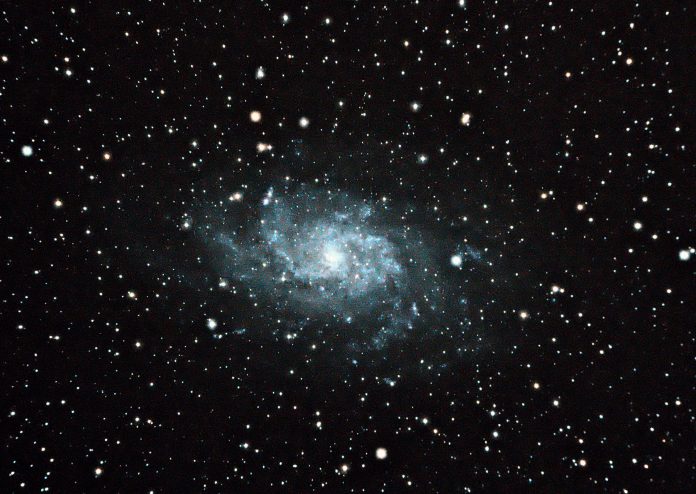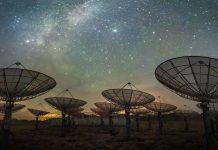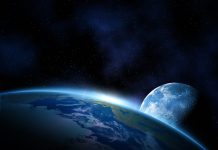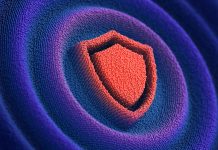Researchers from the University of Copenhagen reveal the birth of early galaxies through the power and magic of the James Webb Space Telescope (JWST)
For the first time, scientists have directly observed the formation of three of the universe’s earliest galaxies, dating back over 13 billion years.
The first direct images of early galaxies
This milestone, performed by the team at the Niels Bohr Institute, offers new insights into the origins of the universe.
Assistant Professor Kasper Elm Heintz, who led the study, explained the significance of these observations. “You could say that these are the first ‘direct’ images of galaxy formation that we’ve ever seen,” Heintz said.
While JWST has previously shown early galaxies at more developed stages, this is the first time we are witnessing birth.
The Epoch of Reionization
The galaxies observed were formed roughly 400-600 million years after the Big Bang, during the universe’s younger years. This period, known as the Epoch of Reionization, was when the first stars and galaxies began to form and illuminate the cosmos, breaking through the dense hydrogen gas that initially filled the universe.
Through the powerful infrared vision of the JWST, researchers captured signals from extended amounts of gas accumulating and forming these galaxies.
The telescope’s sensitive infrared spectrograph capabilities were crucial in distinguishing the light from the newly formed galaxies from other gas, using a technique known as the Lyman-alpha transition.
Associate Professor Darach Watson emphasised the importance of these observations. “This is the process that we see the beginning of in our observations,” he said. This discovery is the most distant measurement of cold, neutral hydrogen gas.
Using the JWST in the future
The research team, including colleagues from the Cosmic Dawn Center at the Niels Bohr Institute, are eager to expand on these findings.
They have already applied for additional observation time with the JWST to explore even further into the early universe. PhD student Simone Vejlgaard expressed excitement about mapping these observations in greater detail and pushing the limits of how far into the universe they can see.
This study not only advances our understanding of galaxy formation but also addresses one of humanity’s most profound questions: “Where do we come from?” Associate Professor Gabriel Brammer highlighted the broader implications, stating, “Here, we piece together a bit more of the answer by shedding light on the moment that some of the universe’s first structures were created.”
Funded by the Danish National Research Foundation and the Carlsberg Foundation, this research represents a significant step in unravelling the mysteries of the early universe.











